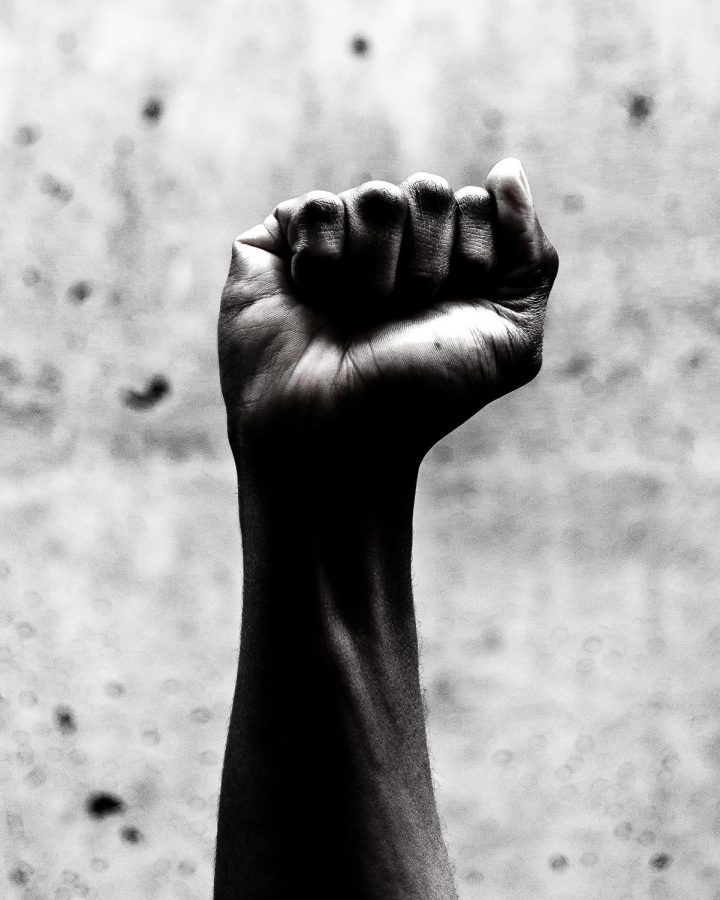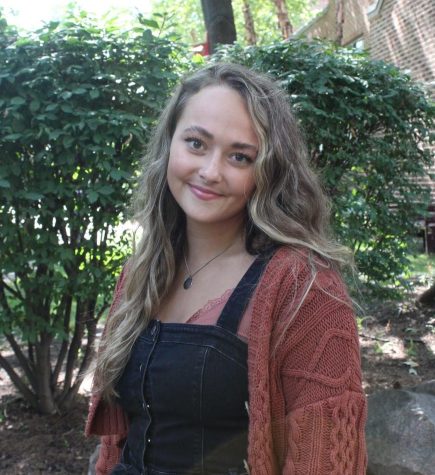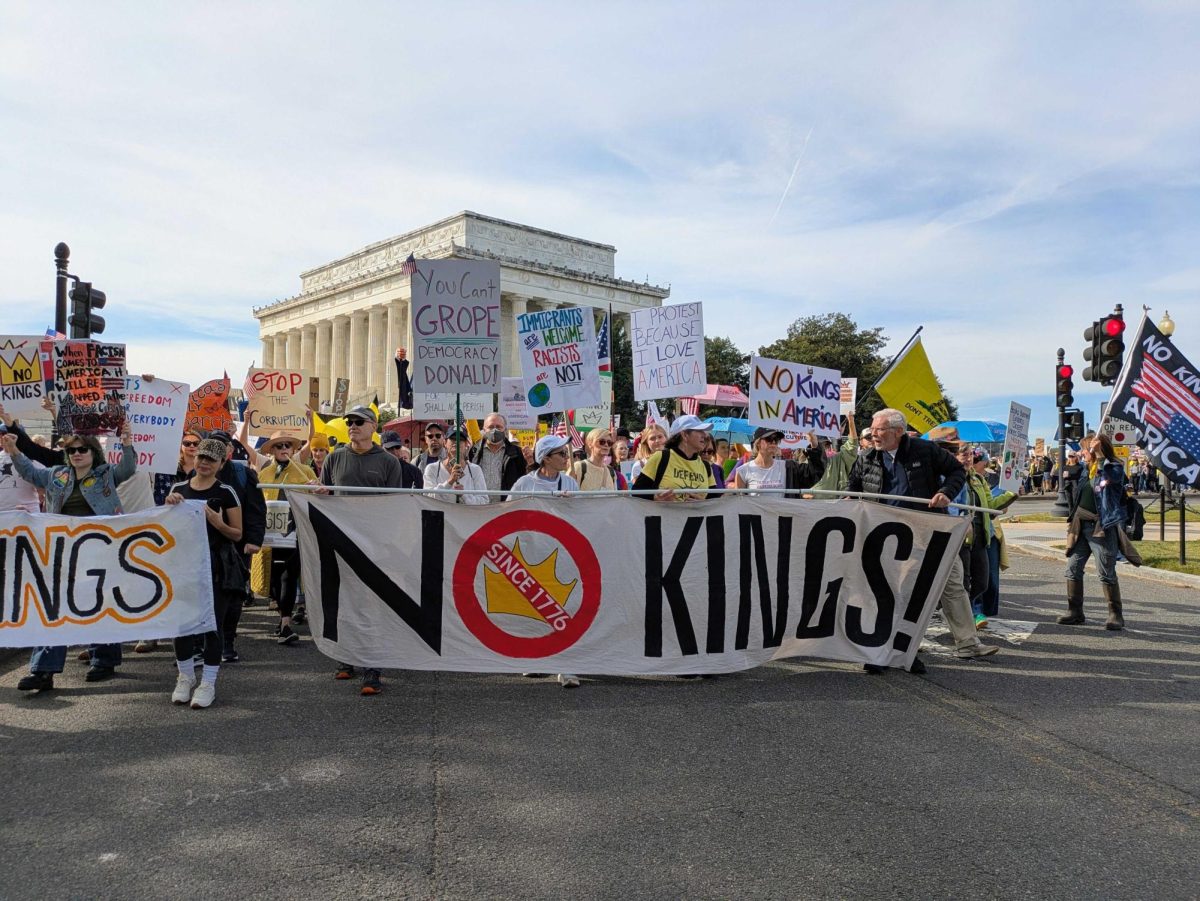Students discuss the Black experience
Black culture and history are often confined to one month
Despite their small number on campus, Black students said that Gannon does a great job at making them feel welcome. However, there are still many challenges for Black students at Gannon.
March 9, 2022
February was Black History Month, and although black culture and history are crucial to the integrity and history of the United States, the celebration of it and its people is often placed into the confines of this one month.
According to Gannon’s mission statement, the university fosters an environment of “values-centered learning experience that emphasizes faith, leadership, inclusiveness and social responsibility.”
In the wake of the political polarization and the Black Lives Matter movement, the difficulties of being Black in America have been brought to the forefront of society even more in recent years.
Despite the relatively small number of Black students on campus, Kareem Carson, a sophomore marketing major, said that Gannon has done a great job at making those students feel comfortable on campus.
According to Douglas Oathout, chief of staff and director of Marketing and Communications, 5.1% of Gannon students are Black or African American as reported in Integrated Postsecondary Education Data System (IPEDS), which is required for colleges and universities in the United States to complete in order to receive federal aid.
This statistic does not include International students, though, as they do not receive options of American Indian or Alaska Native, Asian, Black or African American, Native Hawaiian or Other Pacific Islander or White per IPEDS, as they receive a “non-resident alien” race or ethnicity upon application, as Gannon classifies them as Global.
On that front, Obiefuna Ezeigbo, a junior criminal justice major, holds the same feeling of belonging and respect on campus as Carson.
“I believe Gannon is a good university, and they treat all their students well no matter their race or beliefs,” Ezeigbo said. “I would have no problem with sending my children here in the future.”
Carson said that the only time he was really made to feel uncomfortable on campus was the in the midst of the racial and political debates during the 2020 election season, which he called his “roughest semester at Gannon.” He experienced peers and professors speaking freely about their political and social opinions in the wake of harsh contention between political parties on topics often featured in presidential debates, including racial issues.
“It made me feel uncomfortable as an individual going to classes or hearing people talk about it,” he said. “Professors would bring it up and say how they felt briefly, but if something was said in the wrong way it made me, personally, not so forthcoming and sometimes made me want to leave the classroom.”
Struggles for Black students are not isolated to conversations in the classroom, though, and can venture into the area of stereotyping. Ezeigbo spoke to this matter, saying that his biggest struggle as a Black person on campus was due to his size and his place in Gannon athletics.
“Being at Gannon, I do go through biased encounters,” Ezeigbo said. “Being a big African American, people automatically assume I’m an athlete, and I feel like they think I’m here only for athletics, not academics. That falls hand in hand with the stereotypes of a Black man.”
Jaidyn Harris, a sophomore health and radiological science major, can relate to the athletic pressures of a Black person, as the only Black player on the women’s basketball team.
“My teammates have been open with me and beyond understanding,” said Harris. “My coaching staff have absolutely looked at me for the person I am and not for the color or my skin.”
The racial and cultural transition in general can also prove to be challenging for Black students. Ezeigbo went on to attest to this, saying that moving to Gannon from a predominantly Black high school was also a struggle, but his teammates and friends at Gannon receive all of the credit for helping him adjust.
Although Ezeigbo is pleased with his experience as a Black student on Gannon’s campus, he does find issue with the reality of the university’s advertisement of race.
“They advertise Black students to signify diversity, but if you look around campus, there’s not many Black students,” Ezeigbo said.
Carson had a similar outlook in relationship to his image of the Gannon student population in contrast to that of his home city of Erie.
According to the United States Census, the City of Erie is 16.4% Black, which is a much higher percentage than that of Black students at Gannon.
“Many schools want the white man to be the face of their campus, not knowing most of their surrounding residents are the opposite,” Carson said.
To this point, Oathout provided the university’s rationale behind their demographic inclusion in marketing and advertising as a whole.
“We want to celebrate the diversity on campus, and our print and marketing material should reflect that and celebrate it,” Oathout said.
In unison with this concept of diversity on campus, Harris said that her experience at Gannon has been enjoyable due to the welcoming of all types of people at Gannon.
“I have met so many people and made a best friend from and entirely different country,” Harris said.
Although there were several Black History Month events and celebrations on campus, including the Black Student Union Black History Month Roundtable Feb. 17 and the “Lift Every Voice!” Black History Month celebration and prayer service, many students were unaware or uninformed about these opportunities.
“As far as celebrating our month of February, I haven’t heard one peep out of the campus or professors as far as being noticed. I think if professors would take the time to give their classes lectures of the history behind African American appreciation, others may start to see the bigger picture surrounding Black History Month,” Carson said.
Oathout noted that just because students did not hear of these events did not mean they weren’t happening, and that is where the responsibility of the promotion of these vital events lies.
“Communication and advertising are a constant challenge,” Oathout said. “We see this across all of our activities and events. We can always do better and assess this all the time. I am open to suggestions on how best to get better turnout to our events.”
Returning to the heart of Black History Month, Carson said regardless of race or skin color, he feels as though everyone should be proud of who they are, but that Black people have to try much harder to achieve this.
“I feel like as a culture we have to try so much harder to prove ourselves because of the stereotypes put on African Americans,” he said. “We have to go that extra step to be seen or heard. But, being African American is a pleasure and a blessing.”
Gannon’s celebration of the Black culture and experience in February and beyond prove the commitment the university has made to inclusion and progression.
“Our campus feels like a capital for aiding change, and we are inclusive of all skin colors, sexualities and identifications,” said Harris.
“I enjoy that we look at people for who they are here and although it can be scary being a young Black woman in society, I can say I feel safe here, cared about and loved by those whom I have made lifelong relationships with here.”
ALI SMITH






